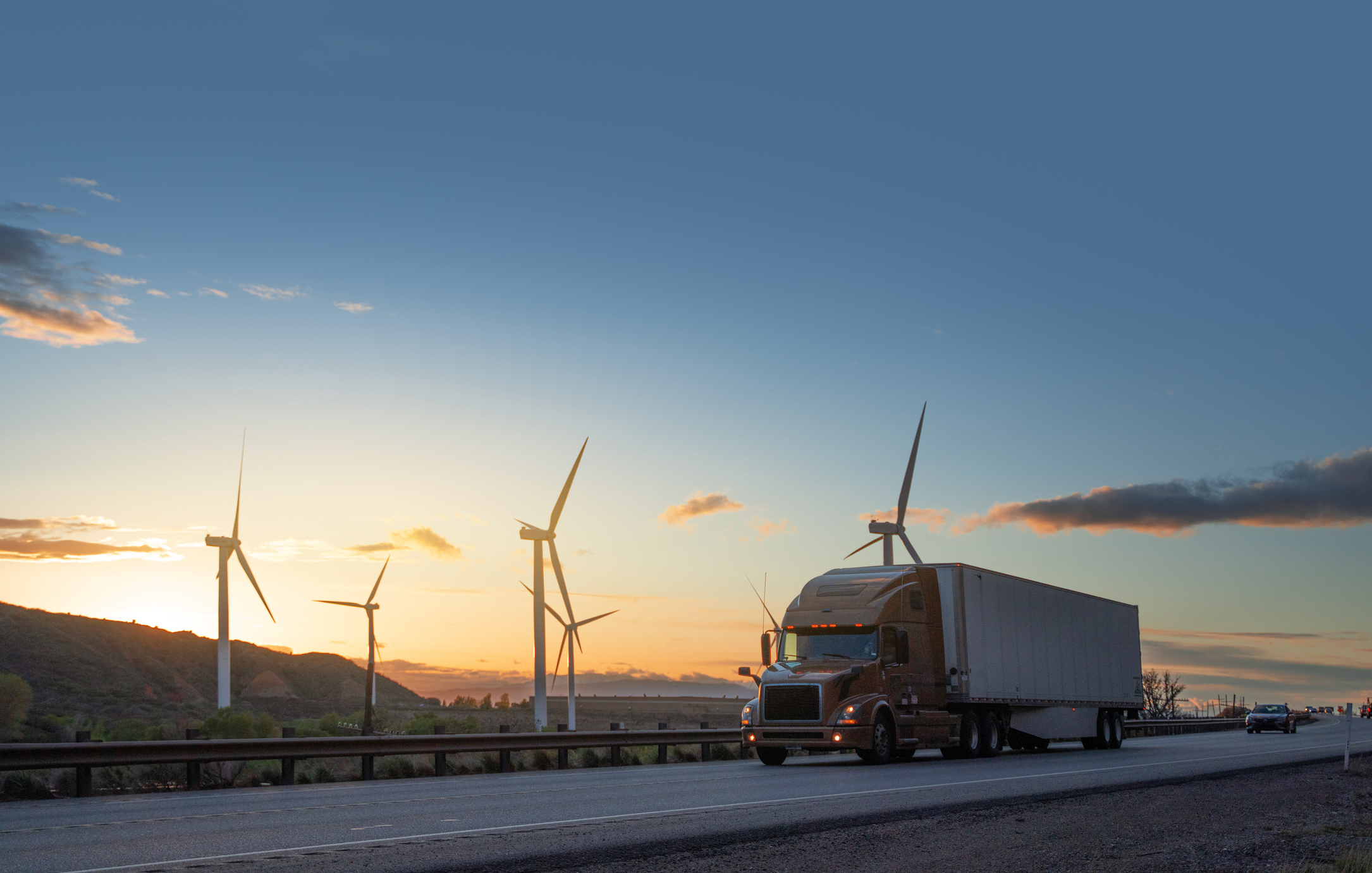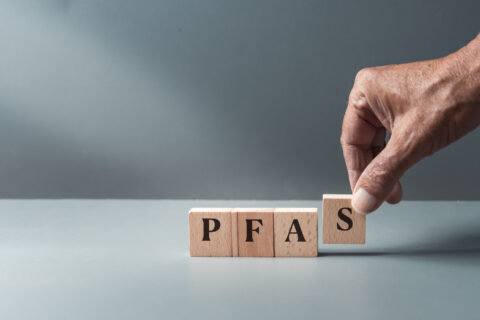Co-authored by Damion DeShield
Attendees at NLC’s 2024 Congressional City Conference (CCC) had an in-depth opportunity to speak about innovations, opportunities, and challenges for addressing climate change, advancing clean energy initiatives, and building community resilience. This blog is part of a series highlighting key takeaways from CCC on issues at the forefront of municipal governance. Read our first blog on resources for addressing water infrastructure and environmental protection challenges here.
Through presentations from federal leaders and engaging peer-to-peer roundtable discussions, city leaders explored strategies for implementing flood-resistant infrastructure and green spaces, energy-efficient building retrofits, renewable energy installation jobs, and community solar and energy assistance. Through interactive sessions and individual meetings with federal agencies, CCC attendees gained vital connections and valuable insights to address their most urgent problems.
A major focus of these discussions centered on the Justice40 initiative, which seeks to allocate a minimum of 40 percent of the benefits of specific federal investments to disadvantaged communities. Justice40 embodies the commitment to ensuring fair distribution of resources and opportunities, closely aligning with the objectives of local leaders working to improve the welfare of their communities.
Insights from peer-to-peer roundtable discussions
Municipal leaders from across the country discussed challenges in the clean energy transition, including funding constraints, infrastructure upgrades, and workforce development. Community engagement emerged as a crucial aspect, with a focus on promoting inclusive decision-making processes and addressing disparities in access to clean energy resources. Resilience planning and disaster preparedness were also important topics, highlighting the importance of collaborative approaches to enhance community resilience against climate-related hazards. Additionally, participants emphasized the significance of innovation and collaboration in sharing best practices, fostering partnerships, and driving sustainable solutions to address climate challenges.
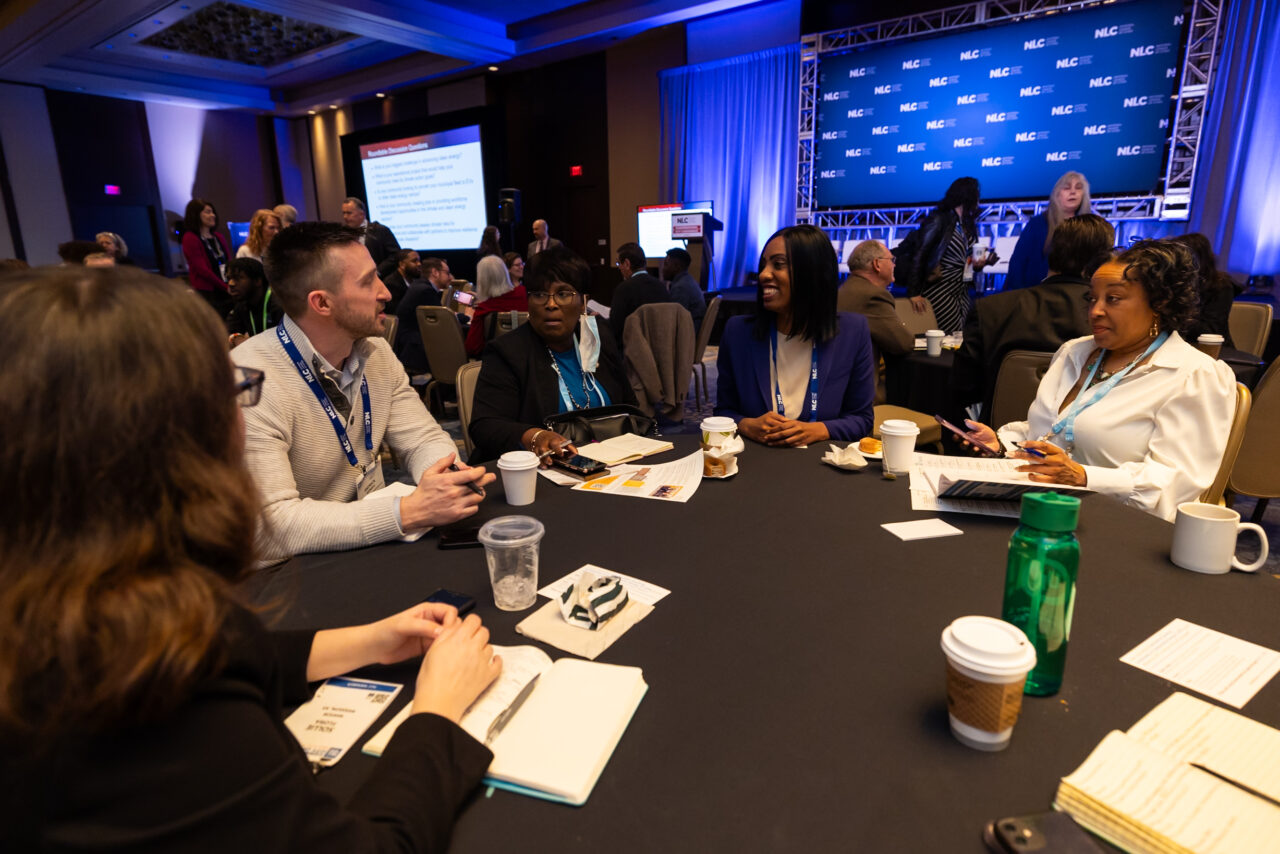
In line with current U.S. administrative goals, many federal agencies have initiatives that support local climate action. Below are highlights from four agencies that were included in the deep dive session.
Keishaa Austin, Acting Director, Office of State and Community Energy Programs, U.S. Department of Energy (DOE)
- Energy Efficiency and Conservation Block Grant (EECBG): This program offers funding opportunities for local governments to invest in energy efficiency and conservation projects, aiming to reduce energy consumption and greenhouse gas emissions. The deadline for communities to access this formula funding was recently extended to Oct. 31. Learn more at energy.gov.
- Community Sparking Investments in Transformative Energy: Through this initiative, communities can receive funding for projects such as park revitalization, public art installations, and community events, creating vibrant and inclusive environments for residents to enjoy. Learn more at energy.gov.
- Renew America’s Schools: This $500 million program supports K-12 schools in making energy upgrades to improve efficiency and indoor air quality, fostering sustainability and resilience in educational institutions. Learn more at energy.gov.
- Technical Assistance: The Office of State and Community Energy Programs provides support in climate planning, building codes, and capacity building, enabling communities to develop robust strategies for addressing climate challenges and enhancing resilience. Learn more at energy.gov.
- Community Local Energy Action Program (Communities LEAP): Empowering communities to lead the way in sustainable energy development, this program supplies technical assistance to develop energy transition plans and foster local innovation. Learn more at energy.gov.
- Energy Savings Performance Campaign: Partnering with public sector building owners, the Office of Energy Efficiency and Renewable Energy aims to achieve $1 billion in savings by 2030 through Energy Savings Performance Contracting. Learn more at energy.gov.
- Building Energy Codes Program: DOE offers local context and support to jurisdictions with code oversight and the ability to adopt and enhance building codes, ensuring that communities have the necessary infrastructure and regulations in place to promote energy efficiency and resilience. Learn more at energy.gov.
Caroline McGregor, Senior Advisor for Energy Transitions & Communities, Office of Energy Efficiency and Renewable Energy, U.S. Department of Energy (DOE)
- Clean Energy to Communities (C2C): This initiative offers grants and technical assistance to empower local governments to invest in renewable energy projects and promote clean energy adoption within their communities. Learn more at energy.gov.
- Clean Cities initiative: The DOE supports local efforts to reduce petroleum consumption in transportation by promoting the use of alternative fuels and advanced vehicle technologies. Through this program, cities receive funding and technical assistance to develop and implement strategies. Learn more at energy.gov.
- Energy Transitions Initiative Partnership Program (ETIPP): Providing technical assistance to remote and island communities, this program supports them in transforming their energy systems and enhancing resilience. Learn more at energy.gov.
- Community Energy Innovation Prize: This DOE competition awards up to $7.5 million to support innovation, entrepreneurship and economic development in underserved communities through clean energy projects. Learn more at energy.gov.
- Clean Energy Innovator Fellowship: Fellows receive support and mentorship to develop and implement projects that advance renewable energy, energy efficiency, and sustainability initiatives within their communities. Learn more at energy.gov.
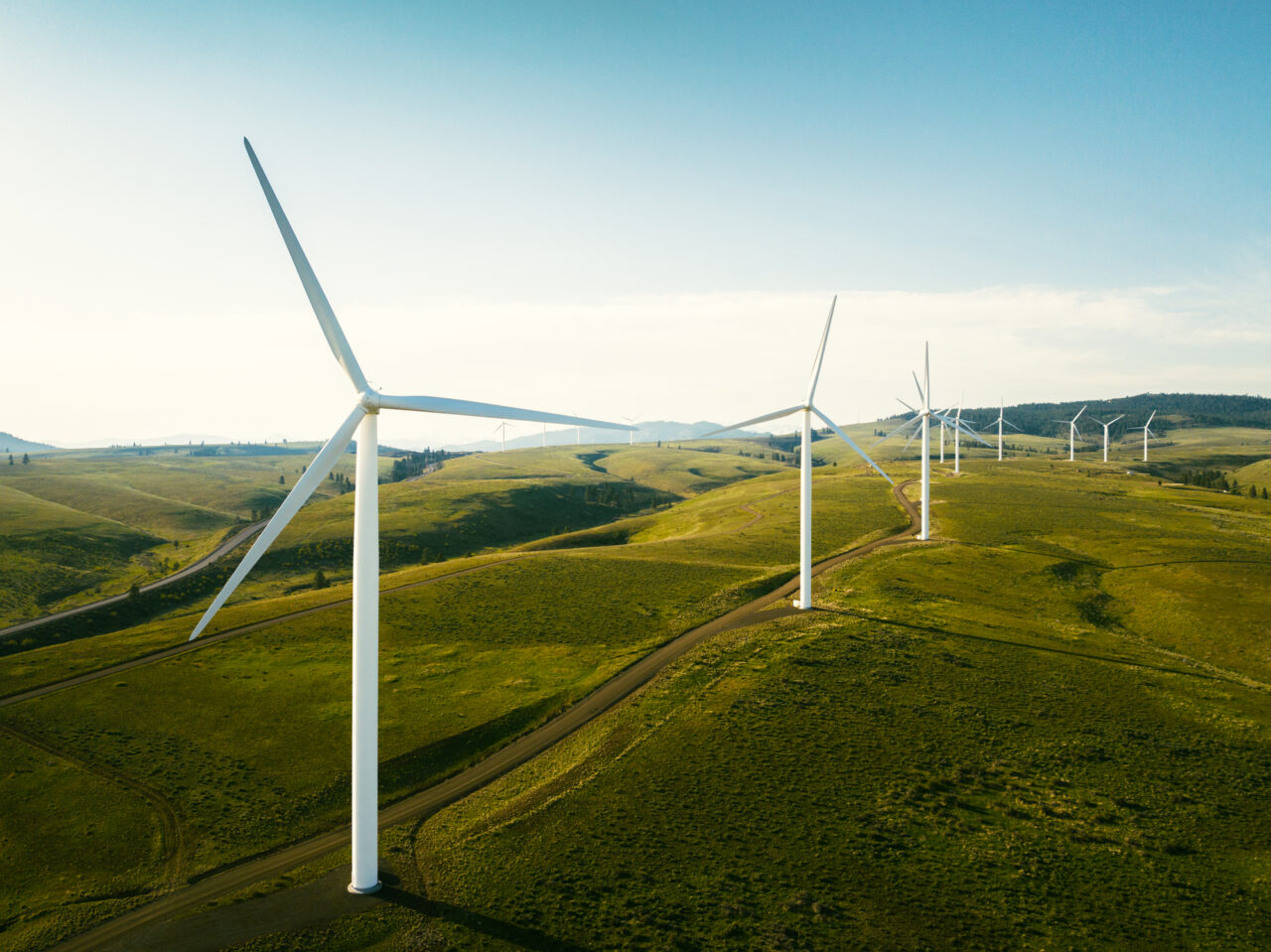
Jennifer Macedonia, Associate Deputy Assistant Administrator, Office of Air and Radiation, U.S. Environmental Protection Agency (EPA)
- Climate Pollution Reduction Grants: EPA offered funding for local initiatives aimed at reducing greenhouse gas emissions and addressing climate change. Through one-time planning and implementation grants, communities can implement projects such as renewable energy installations, energy efficiency programs, transportation initiatives, and waste reduction efforts. Learn more at epa.gov.
Christopher Logan, Resilience Deputy Associate Administrator, Federal Emergency Management Agency (FEMA)
- Building Resilient Infrastructure and Communities (BRIC): Through BRIC, local governments can invest in projects such as infrastructure upgrades, flood mitigation measures, and disaster preparedness initiatives to enhance resilience and reduce the risk of damage from extreme weather events. Learn more at fema.gov.
- Flood Mitigation Assistance Grant Program: Provides financing to aid communities in reducing flood risk and vulnerability through mitigation projects. Learn more at fema.gov.
- Flood Mitigation Swift Current Program: After a major flood-related disaster, FEMA issues funding for mitigating buildings insured through the National Flood Insurance Program (NFIP) to reduce future flood damage. Learn more at fema.gov.
- Safeguarding Tomorrow Revolving Loan Fund Program: Offers capitalization grants for states to establish revolving loan funds for hazard mitigation. In fiscal year 2024, FEMA released a $150 million funding opportunity for low-interest loans to communities, complementing the Hazard Mitigation Assistance grant portfolio to increase resilience to natural hazards and climate change. Learn more at fema.gov.
- Hazard Mitigation Assistance Grant Program: Funds projects covering various needs and aims at reducing disaster losses by implementing sustainable measures that mitigate long-term risks to people and property. Learn more at fema.gov.
- Community Disaster Resilience Zones: This initiative identifies high-risk census tracts across the United States and provides support and resources from federal, public, and private sectors to implement resilience projects aimed at reducing the impact of climate change and other natural hazards. Learn more at fema.gov.
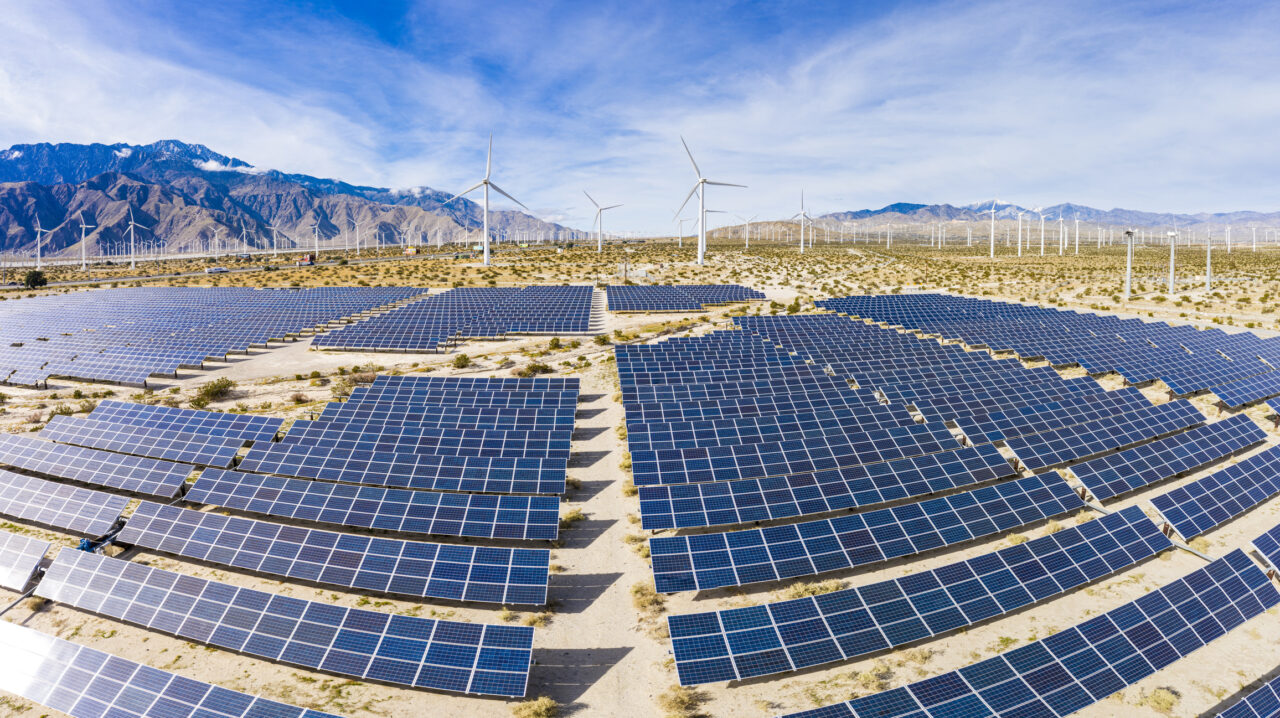
Sandy Scott, Senior Advisor to the CEO, AmeriCorps
- AmeriCorps: Offers volunteer opportunities through its Conservation and Climate Change program, providing training for individuals to engage in environmental projects like conserving natural habitats and mitigating climate change impacts. Additionally, AmeriCorps funding grants support local organizations in implementing resilience projects. Learn more at climate|americorps.gov and funding|americorps.gov.
- American Climate Corps: Engages young leaders in addressing climate change and advancing sustainability initiatives in communities. The program provides training, mentorship, and hands-on experience related to energy, energy efficiency, climate adaptation, and community resilience. Learn more at acc.gov.
By harnessing federal support and innovative solutions, local leaders can address critical issues and develop more resilient, sustainable communities for the future. For more information about these federal programs and innovative local practices, register for the City Summit in Tampa Bay, Florida, from November 13 to 16.
Stay Connected
Sign up for the Federal Advocacy newsletter to get the latest updates on NLC’s federal advocacy efforts.
